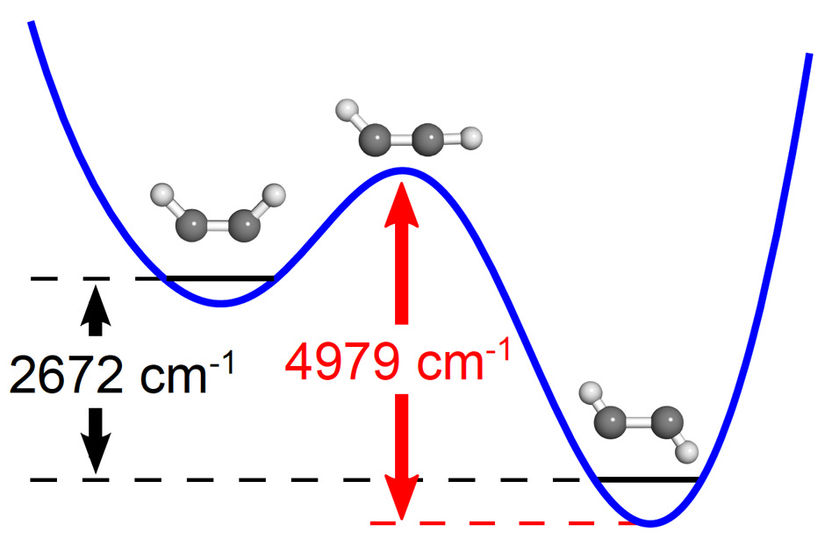New method for detecting nitroxyl will boost cardiac drug research
Wake Forest University scientists have developed a new research tool in the pursuit of heart medications based on the compound nitroxyl by identifying unique chemical markers for its presence in biological systems.
Nitroxyl, a cousin to the blood-vessel relaxing compound nitric oxide, has been shown in studies to strengthen canine heart beats, but research into its potential benefits for humans has been slowed by a lack of specific detection methods.
"I think this is a very powerful tool to help in the development of new drugs for congestive heart failure," said S. Bruce King, a professor of chemistry at Wake Forest who leads the team that conducted the research.
Researchers can generate nitroxyl from precursor chemicals under controlled conditions, but studying the molecule's activity in cells is difficult because its constituent elements - nitrogen, oxygen and hydrogen - react so readily with other molecules. King's research team used compounds that are not present in normal cell biology to produce a reaction that yields the identifying chemical markers.
King has been investigating nitrogen oxide compounds at Wake Forest since 1995. While scientists have established that the human body naturally produces nitric oxide, natural production of nitroxyl is suspected but has not been demonstrated. King said the new chemical markers could help answer that question, as well.
Most read news
Other news from the department science

Get the chemical industry in your inbox
By submitting this form you agree that LUMITOS AG will send you the newsletter(s) selected above by email. Your data will not be passed on to third parties. Your data will be stored and processed in accordance with our data protection regulations. LUMITOS may contact you by email for the purpose of advertising or market and opinion surveys. You can revoke your consent at any time without giving reasons to LUMITOS AG, Ernst-Augustin-Str. 2, 12489 Berlin, Germany or by e-mail at revoke@lumitos.com with effect for the future. In addition, each email contains a link to unsubscribe from the corresponding newsletter.
Most read news
More news from our other portals
Last viewed contents
M+W Group sells its Automation Business
Evolva reaches milestone in BASF collaboration


























































